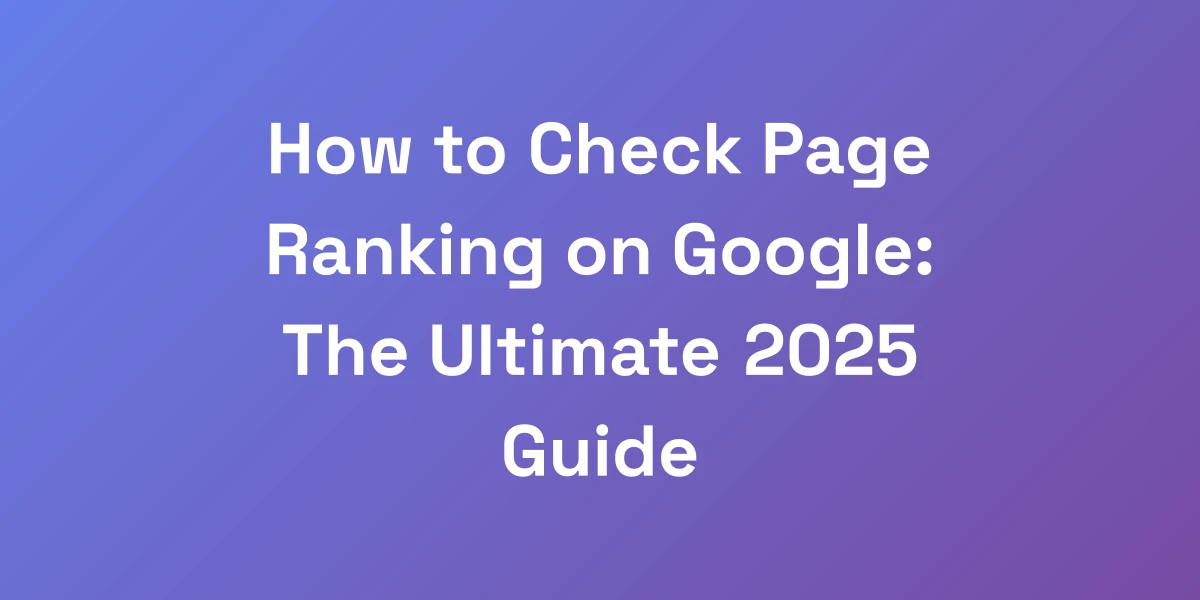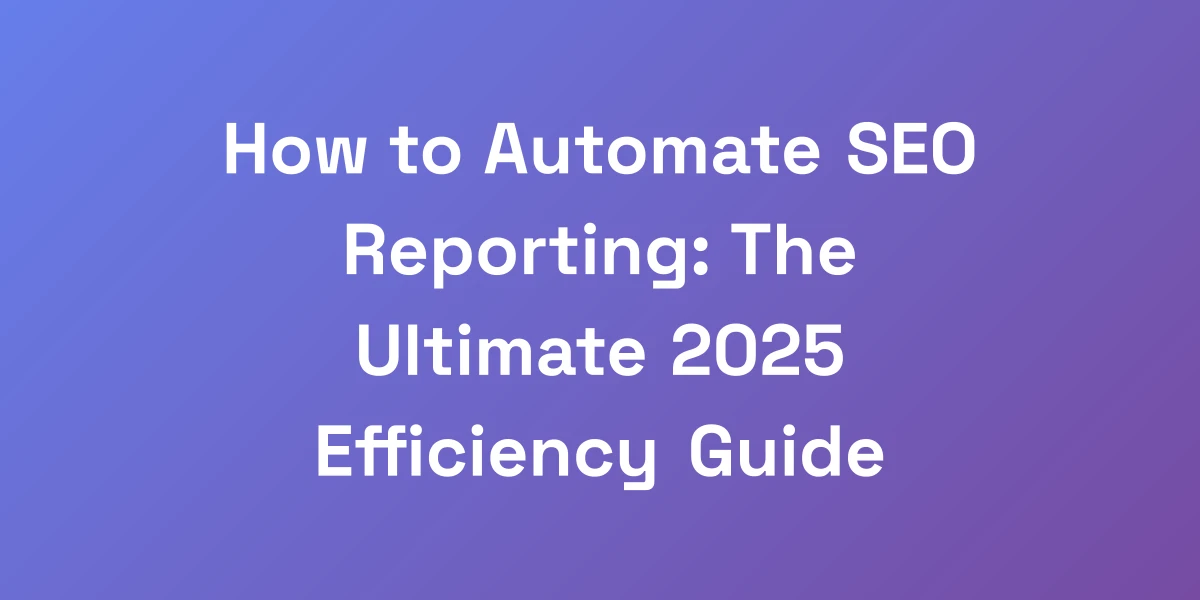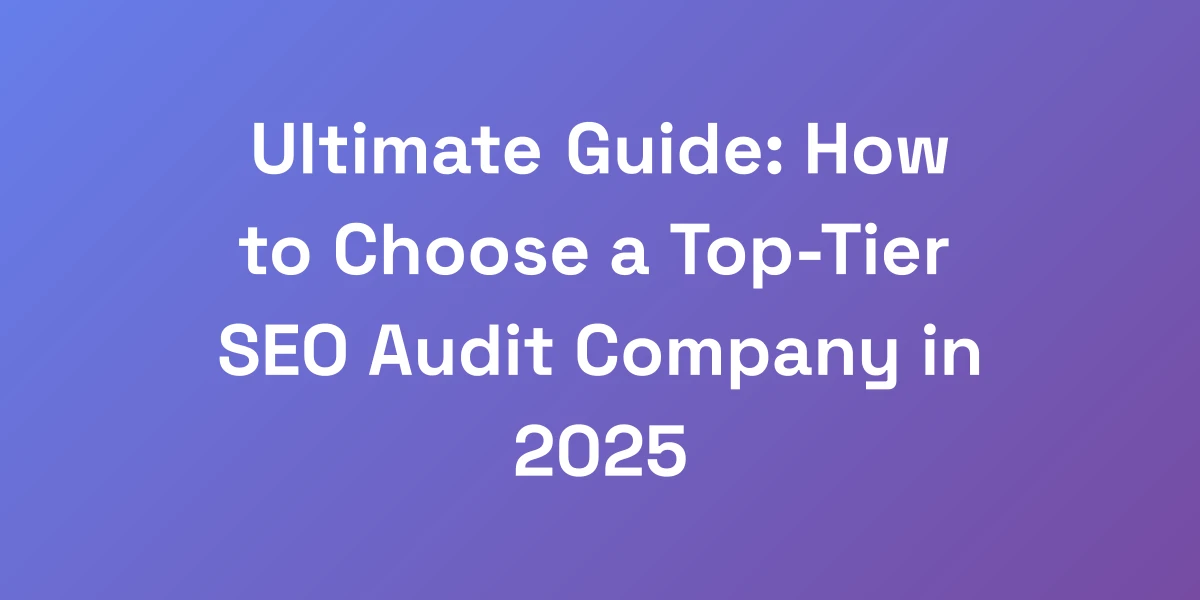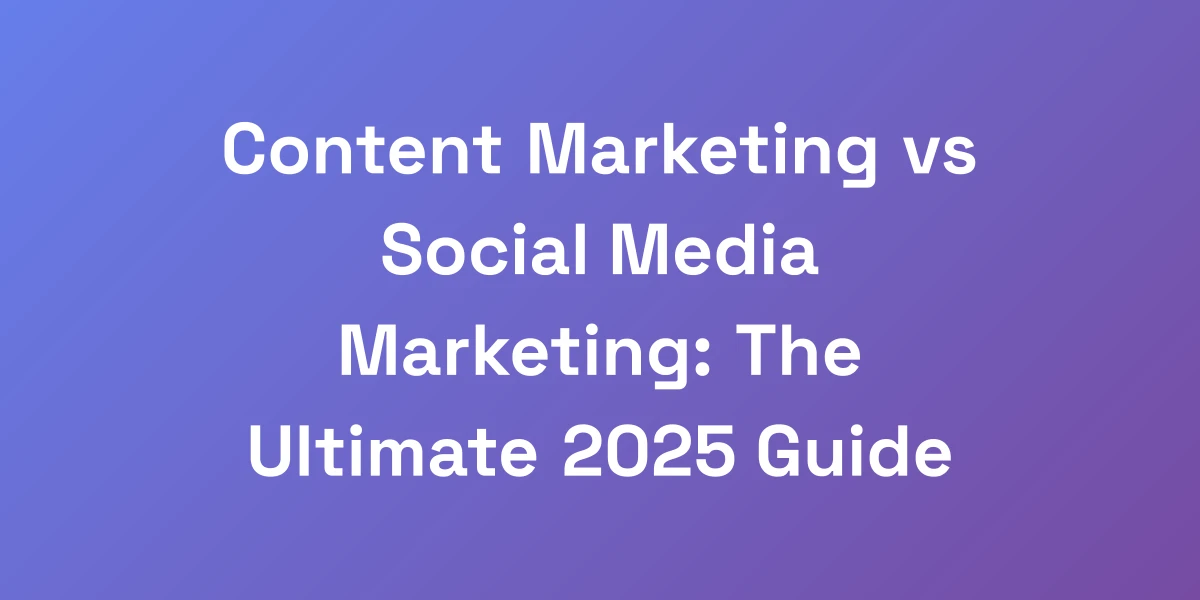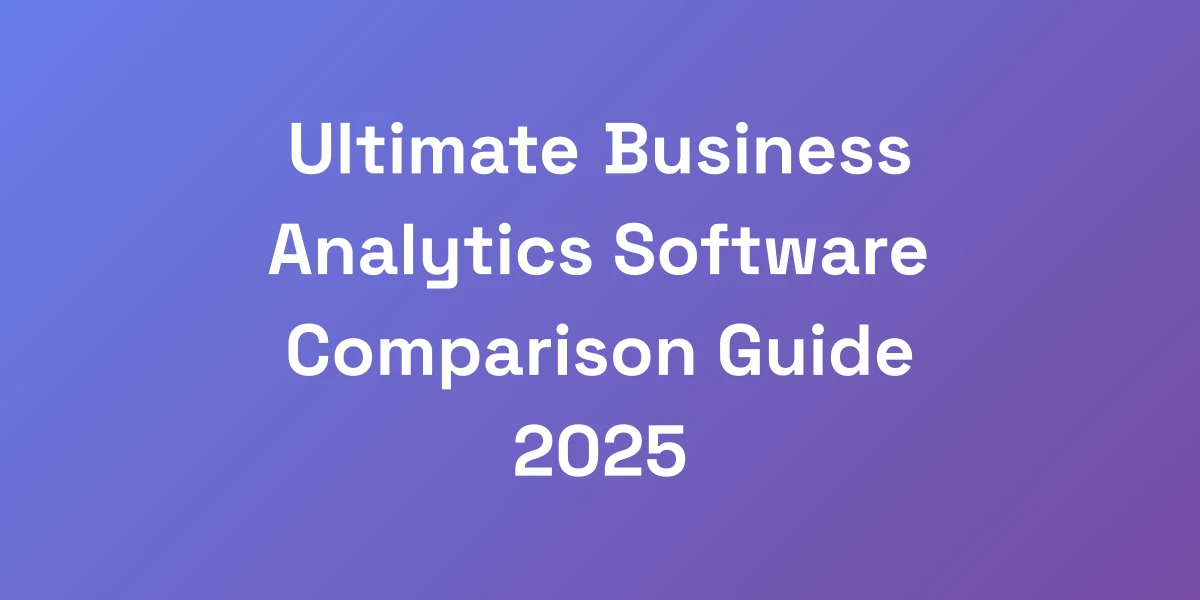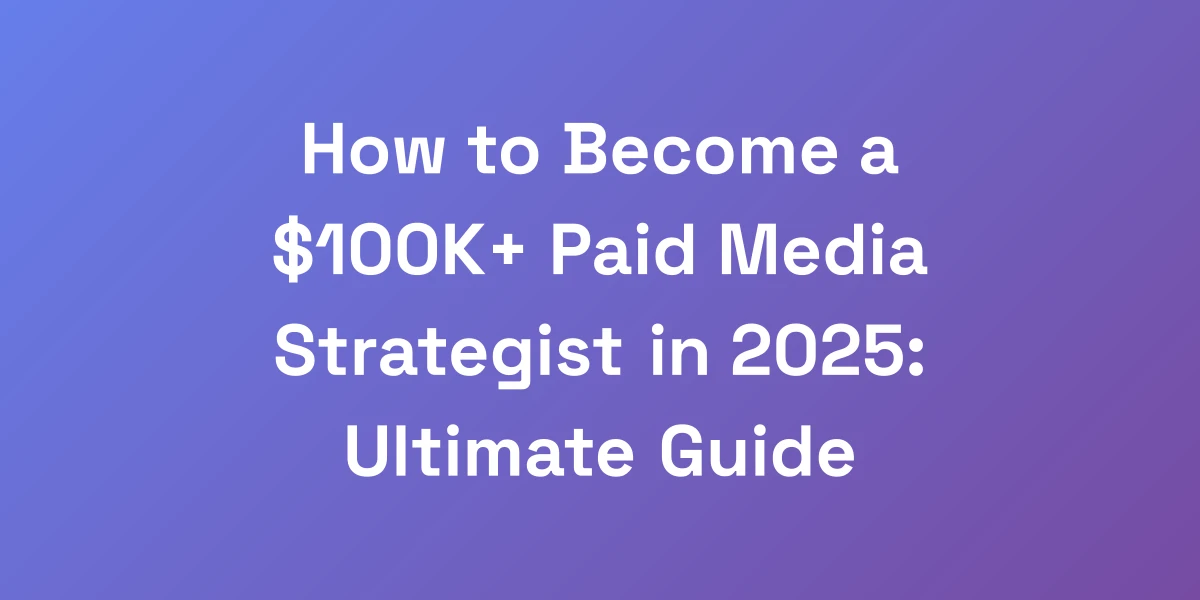
How to Become a $100K+ Paid Media Strategist in 2025: Ultimate Guide
Mar 6, 2025 | By [email protected]
We’re on the brink of a paid media revolution. If you’re tired of the same old marketing strategies that barely move the needle, it’s time to pivot. The role of a paid media strategist is exploding, and the opportunity to earn $100K+ is not just a dream—it’s a reality for those who master the craft.
But here’s the kicker: It’s not about spending years grinding away. It’s about understanding the key principles that turn ad spend into profit. Many marketers are stuck in the mud, but the top strategists? They’re scaling heights others only aspire to. Companies are desperately seeking professionals who can deliver measurable results, and the gap between a $50K and $100K+ strategist isn’t experience—it’s results-driven expertise.
In this ultimate guide, we’re breaking down the exact blueprint you need to follow to land those paid media positions and skyrocket your career. Ready to transform your future? Let’s get into it.
The Explosive Growth of Paid Media Strategy Careers
Let me cut through the BS right now—the paid media landscape is absolutely exploding. We’ve seen countless mediocre marketers transform into six-figure paid media strategists by mastering a few key principles. Here’s the reality: companies are desperate for professionals who can turn ad spend into profit. The difference between a $50K and $100K+ strategist isn’t years of experience—it’s your ability to deliver measurable results. In this guide, we’re giving you the exact blueprint we’ve used to help our students land top-tier paid media positions.
Current Market Demand and Growth Projections
The digital advertising market is on a relentless upward trajectory. In 2024 alone, U.S. advertising and marketing media spend grew by 11% year-over-year, reaching a staggering $551.9 billion. But here’s the kicker: Online marketing spend is expected to grow by 12.3% in 2025, while offline media spending is forecast to decline by 5.5%. This shift is a clear indicator that digital advertising is not just surviving—it’s thriving.
Why does this matter? Because the demand for paid media strategists is skyrocketing. As businesses pivot to digital-first strategies, they’re clamoring for experts who can navigate the complex landscape of online advertising. The rise of digital video, connected TV (CTV), and other interactive formats is creating a goldmine of opportunities for those equipped with the right skills.
Salary Ranges Across Experience Levels
Let’s talk money. While specific salaries can vary based on location, industry, and company size, the trend is clear: paid media strategists are seeing significant salary boosts as their expertise becomes more critical. Entry-level positions might start around $50K, but with proven results and a robust portfolio, reaching the $100K+ mark is entirely attainable. Senior strategists and those with specialized skills, particularly in high-demand areas like AI-driven advertising or CTV, can command even higher salaries.
Top Industries Hiring Paid Media Strategists
So, where are these opportunities? Here are the top industries on the hunt for paid media strategists:
- E-commerce: With online shopping more prevalent than ever, e-commerce brands are investing heavily in digital advertising to capture market share.
- Healthcare: SEO and content strategies in healthcare are driving significant ROI, making strategists with experience in this sector highly sought after. Consider leveraging affordable local SEO services to maximize impact.
- Technology: Tech companies need strategists to manage complex paid media campaigns across multiple platforms.
- Automotive: As automotive sales channels shift online, strategists are essential for targeted ad placements and promotions, especially in SEO for auto dealerships.
- Entertainment: Digital video advertising is booming, and entertainment companies need experts to manage their media spend effectively.
Remote vs. In-Office Opportunities
The pandemic has reshaped the workplace, and remote opportunities are now more prevalent than ever. While some companies still prefer in-office roles for better collaboration, many are embracing remote work, offering a wider range of opportunities regardless of geographical location. Additionally, partnering with white label SEO companies can enhance your service offerings and expand your client base.
- Remote: Flexibility, access to global opportunities, and the ability to work from anywhere.
- In-Office: Better team collaboration, immediate access to company resources, and potentially faster career progression.
Ultimately, the choice between remote and in-office roles depends on your personal preferences and career goals. However, flexibility is key, and being adept at both environments can significantly enhance your employability.
Career Progression Path
Understanding the career progression in paid media strategy is crucial for setting your goals. Here’s a typical path:
- Entry-Level Strategist: Focus on learning the basics, managing smaller campaigns, and gaining hands-on experience.
- Mid-Level Strategist: Take on larger campaigns, start specializing in areas like CTV or AI-driven advertising, and begin leading small teams.
- Senior Strategist: Oversee major campaigns, mentor junior strategists, and develop high-level strategies that drive significant ROI.
- Director/Head of Paid Media: Lead the entire paid media department, set overarching strategies, and ensure all campaigns align with business goals.
Each step up the ladder requires not just technical skills but also strategic thinking, leadership abilities, and a profound understanding of business fundamentals.
Essential Skills That Actually Matter in Paid Media
Stop wasting time on outdated tactics. The paid media landscape changes every 90 days, and most “experts” are teaching yesterday’s playbook. We’re going to show you the exact skills that are driving results in 2025. Here’s what nobody tells you: technical expertise is only 20% of the equation. The real money comes from understanding business fundamentals and psychology. You need to know how to think like a CEO while executing like a specialist.
Core Technical Competencies
Mastering the technical side is non-negotiable. This includes:
- Platform Proficiency: Be an expert in Google Ads, Facebook Blueprint, and Microsoft Advertising platforms.
- Campaign Management: Know how to create, optimize, and scale campaigns across various channels.
- Ad Creative Development: Understand what makes an ad tick—design, copy, and overall engagement factors.
For example, leveraging Google Ads’ advanced targeting options can dramatically improve campaign performance, as shown by Newport Center Urgent Care’s 16% increase in conversions through optimized Google Ads campaigns.
Analytics and Data Analysis Skills
Data is your best friend. To truly excel, you need to:
- Interpret Metrics: Understand key KPIs like ROAS, CPA, CTR, and conversion rates.
- Use Analytics Tools: Be proficient in Google Analytics, HubSpot, and other data analysis tools.
- Optimize Based on Data: Make informed decisions to tweak and improve campaign performance continuously. Explore landing page SEO strategies to enhance your optimization efforts.
Take the Arkansas River Tours case study—achieving an 11x ROI was no accident. It was the result of meticulous data analysis and optimization, ensuring every dollar spent translated into profit.
Strategic Planning and Business Acumen
To earn $100K+, you need more than just technical know-how. You need to:
- Understand Market Trends: Stay ahead by keeping up with digital marketing trends and adjusting strategies accordingly.
- Business Strategy Alignment: Ensure your campaigns align with the overall business goals and objectives.
- Financial Literacy: Manage budgets effectively and demonstrate how your strategies contribute to the bottom line.
Think like a CEO. When Seaplane Adventures achieved a 13x ROI by strategically segmenting audiences and offering discounts, it wasn’t just about setting up ads—it was about aligning the ad spend with broader business goals and customer psychology.
Communication and Stakeholder Management
Clear communication can make or break a campaign. Here’s what you need:
- Effective Reporting: Present clear, concise reports that highlight campaign performance and ROI.
- Stakeholder Engagement: Build and maintain strong relationships with clients and internal teams.
- Transparent Communication: Keep everyone informed about campaign progress, challenges, and successes.
Our students who excel at stakeholder management often see faster career progression. They’re trusted to lead significant projects because they communicate value effectively.
Project Management Capabilities
Paid media campaigns can get complex. Strong project management skills are essential:
- Time Management: Ensure campaigns are launched and optimized on schedule.
- Resource Allocation: Efficiently distribute resources to maximize campaign impact.
- Task Coordination: Manage multiple tasks and team members without missing a beat.
A well-managed campaign can significantly outperform one that’s disorganized. For instance, coordinating efforts between design, copywriting, and analytics teams can streamline operations and boost performance metrics.
Emerging Technology Proficiency
In 2025, staying ahead means embracing new technologies:
- AI and Machine Learning: Utilize AI tools for better targeting and automation.
- AR/VR Integration: Incorporate augmented and virtual reality elements to create immersive ad experiences.
- Blockchain for Ads: Leverage blockchain to ensure transparency and trust in campaign performance.
Understanding and integrating these technologies can set you apart. For example, AR and VR are transforming how brands engage with audiences, making campaigns more interactive and memorable.
Building Your High-Impact Portfolio
Listen carefully: your portfolio is your weapon of mass differentiation. We’ve reviewed thousands of applications, and 99% make the same mistakes. They focus on certifications instead of results. Here’s what actually moves the needle: award-winning SEO and paid media case studies showing real business impact. To further differentiate your portfolio, include inexpensive SEO services that deliver measurable results. We’re going to show you how to build a portfolio that makes hiring managers fight to interview you, even if you’re starting from zero.
Case Study Creation Framework
Creating compelling case studies is crucial. Here’s a framework:
- Objective: Clearly define the campaign goals.
- Strategy: Outline the strategies and tactics used to achieve these goals.
- Execution: Detail the implementation process.
- Results: Present the measurable outcomes, supported by data and visuals.
For example, the Arkansas River Tours case study showcases an 11x ROI through a full-funnel strategy and high-performing ad creatives. This not only highlights the strategy but also the tangible results achieved.
Result Documentation Strategies
Documenting results effectively can make your case studies stand out:
- Quantifiable Metrics: Use numbers to demonstrate success—ROI, conversion rates, etc.
- Visual Aids: Incorporate charts, graphs, and screenshots to visualize data.
- Before and After: Show the impact of your strategies with clear comparisons.
Newport Center Urgent Care’s 16% increase in conversions and 57.8% reduction in cost per conversion are prime examples of how documenting results can highlight your effectiveness.
Portfolio Presentation Techniques
Your portfolio should be easily navigable and visually appealing:
- Online Portfolio: Use platforms like Behance or create your own website to showcase your work.
- Structured Layout: Organize case studies logically, with clear sections for each project.
- Engaging Design: Use a clean, professional design that highlights your best work without overwhelming the reader.
A well-structured online portfolio can be a game-changer, providing easy access for hiring managers to see your achievements at a glance.
Personal Brand Development
Building a strong personal brand can set you apart:
- Consistent Online Presence: Maintain active profiles on LinkedIn, Twitter, and industry-specific platforms.
- Thought Leadership: Share insights, write articles, and participate in industry discussions to establish yourself as an expert.
- Networking: Connect with industry leaders and peers to expand your reach and opportunities.
Developing a personal brand that reflects your expertise and results can make you a magnet for top-tier opportunities.
Social Proof Building
Social proof can significantly enhance your portfolio’s credibility:
- Testimonials: Include quotes from clients or colleagues that vouch for your skills and results.
- Endorsements: Leverage LinkedIn endorsements and recommendations to boost your profile.
- Case Studies: Use detailed case studies to provide evidence of your success.
Positive testimonials and endorsements act as a powerful validation of your capabilities, making your portfolio more trustworthy and attractive.
Mastering the Interview Process
The interview is where most candidates shoot themselves in the foot. They focus on what they’ve done instead of what they can deliver. Here’s the truth: companies don’t care about your past—they care about their future. We’re going to give you our proven framework for positioning yourself as the solution to their problems. This isn’t about memorizing answers; it’s about understanding the psychology of value demonstration.
Pre-Interview Research Strategy
Preparation is key. Here’s how to ace the pre-interview phase:
- Company Research: Understand the company’s products, services, and target audience.
- Campaign Analysis: Analyze their current paid media campaigns and identify areas for improvement.
- Tailored Strategy: Develop a tailored strategy that you can present during the interview, showing how you can add value.
For instance, if applying to a tech company, familiarize yourself with their latest product launches and think about how you can utilize paid media to boost their visibility.
Key Interview Questions and Responses
Be ready to tackle common and challenging interview questions:
- What’s your favorite paid media campaign and why?: Choose a campaign you’ve worked on or admire, highlighting what made it successful and what you learned from it.
- How do you measure the success of a campaign?: Discuss key metrics such as ROAS, CPA, CTR, and conversion rates, and explain how you use them to optimize campaigns.
- Can you describe a time you overcame a campaign challenge?: Share a specific example, focusing on the problem, your solution, and the results.
Preparing thoughtful responses to these questions can demonstrate your expertise and problem-solving abilities.
ROI Demonstration Techniques
Showcasing your ability to drive ROI is crucial:
- Use Data: Present clear, quantifiable results from your past campaigns.
- Storytelling: Weave your data into a compelling narrative that highlights your strategic thinking and execution.
- Visuals: Incorporate charts and graphs to make your results more digestible and impactful.
For example, discuss how the Seaplane Adventures campaign achieved a 13x ROI through strategic audience segmentation and promotional offers, emphasizing your role in making it happen.
Salary Negotiation Tactics
Negotiating your salary can feel daunting, but these tactics can help:
- Know Your Worth: Use platforms like Glassdoor and LinkedIn to research industry-standard salaries for paid media strategists.
- Highlight Your Value: Emphasize your proven track record and the ROI you’ve driven in previous roles.
- Be Confident: Approach the negotiation with confidence, clearly stating your salary expectations based on your research and experience.
Remember, companies are investing in you to drive their growth. Demonstrating your value effectively can justify a higher salary.
Follow-up Strategy
Following up after an interview is essential:
- Send a Thank-You Email: Express your appreciation for the opportunity and reiterate your enthusiasm for the role.
- Highlight Key Points: Briefly mention how your skills and experiences align with their needs.
- Stay Engaged: Follow up if you haven’t heard back within the expected timeframe, showing your continued interest.
A thoughtful follow-up can leave a lasting impression and keep you top of mind for the hiring manager.
Your First 90 Days Action Plan
Most new paid media strategists fail in their first three months because they don’t have a system. We’re giving you the exact 90-day blueprint that’s helped our students crush their new roles. This isn’t theory—it’s a battle-tested approach to establishing yourself as an invaluable asset. The key is to focus on quick wins while building long-term systems. Here’s how to make yourself indispensable from day one.
Week 1-30 Priority Setting
In your first month, focus on understanding the company, setting clear goals, and identifying immediate opportunities:
- Learn the Business: Deep dive into the company’s products, services, and target audience.
- Set Goals: Establish clear, measurable objectives for your first 90 days.
- Identify Quick Wins: Look for low-hanging fruit that can produce immediate results, such as optimizing existing campaigns or adjusting targeting parameters.
For example, analyzing current ad performance and making immediate optimizations can demonstrate your impact quickly.
Key Performance Metrics
Identify and track the KPIs that matter most to your role:
- ROAS: Ensure every dollar spent is driving significant revenue.
- Conversion Rates: Optimize campaigns to improve the percentage of visitors converting into customers.
- CPA: Keep your cost per acquisition as low as possible while maintaining high-quality leads.
Regularly tracking these metrics will help you adjust strategies in real-time and demonstrate your effectiveness.
Stakeholder Management Plan
Building strong relationships with key stakeholders is crucial:
- Identify Key Stakeholders: Know who the decision-makers are and what their priorities are.
- Regular Communication: Keep stakeholders updated on campaign progress and results through regular reports and meetings.
- Feedback Loops: Establish mechanisms for receiving and incorporating feedback to improve campaign strategies continuously.
Effective stakeholder management ensures alignment with business goals and fosters trust in your capabilities.
Process Implementation Guide
Establish efficient processes to streamline your workflow:
- Campaign Setup: Develop a standardized process for setting up and launching campaigns.
- Optimization Routine: Create a routine for regularly analyzing and optimizing campaign performance.
- Reporting: Implement a consistent reporting format that highlights key metrics and insights.
Having a clear process not only improves efficiency but also ensures consistency in your campaign management.
Success Documentation System
Document your successes to build your track record:
- Track Achievements: Keep a detailed record of campaign successes, including metrics and outcomes.
- Create Case Studies: Develop case studies that showcase your ability to drive results.
- Regular Reviews: Conduct regular reviews of your performance to identify areas for improvement and celebrate successes.
Having a well-documented record of your achievements can be a powerful tool for career advancement and salary negotiations.
